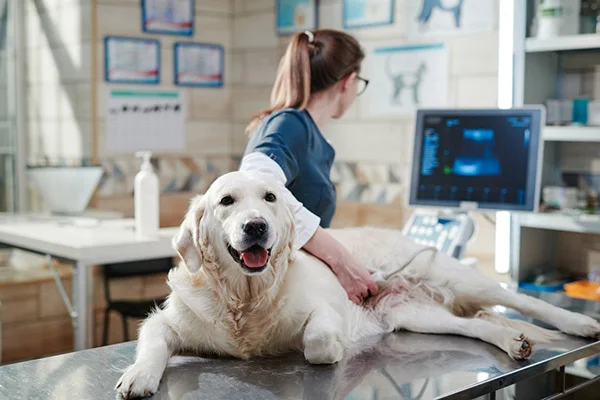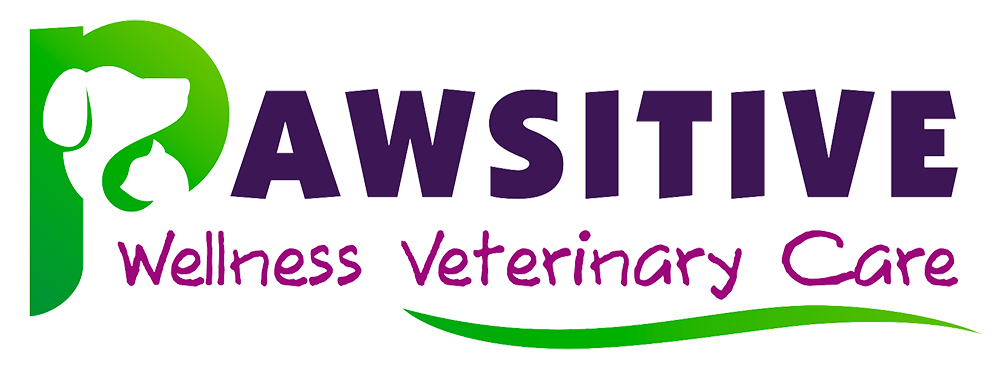Pet Technology
Our team brings wisdom and experience to our exceptional veterinary facility.
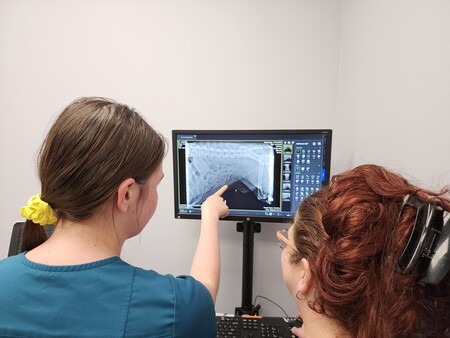

Pet Digital Full Body Radiology
Our digital full-body radiology unit allows doctors to get ultra-high-quality images. This also allows our doctors to send radiographs to specialists easily or to email you a digital copy.
Pet Digital Dental Radiology
With state-of-the-art digital dental radiology at our doctors’ fingertips, they can know quickly where the problems are in your pets’ mouths.
A prophylactic cleaning alone often won’t tell you where an abscess is brewing. However, with digital radiographs on every tooth, the doctor can see below the gum line and help prevent future pain and discomfort. It allows our doctors to find hidden problems that otherwise would go unnoticed.
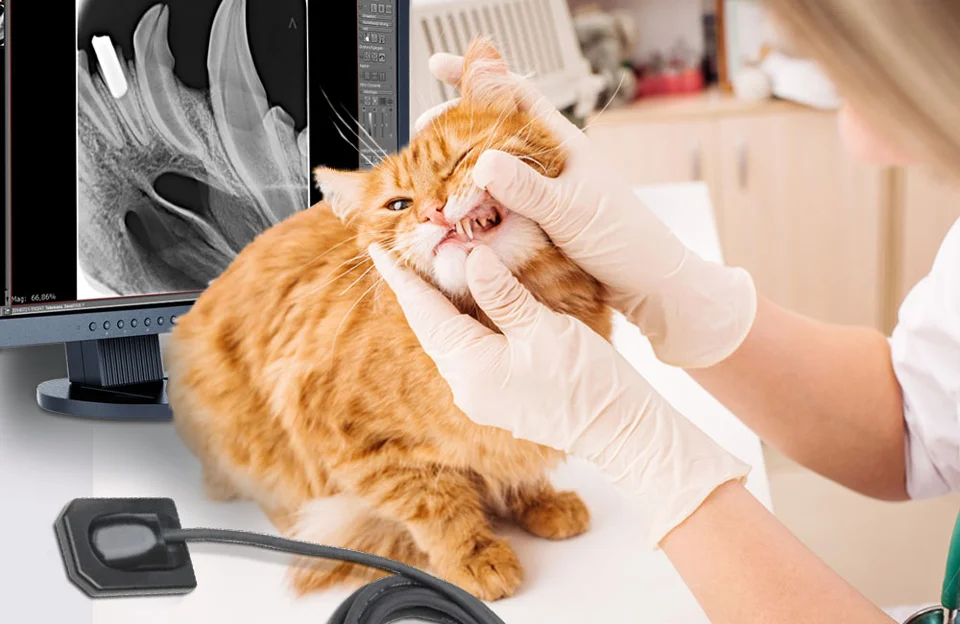
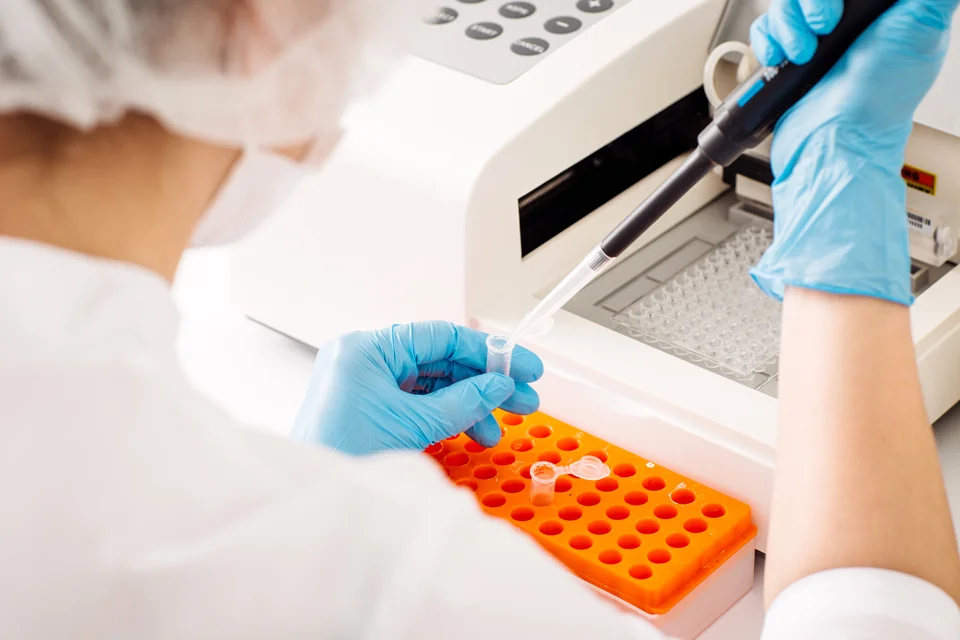
Pet In-House Laboratory
We offer onsite diagnostic care in our state-of-the-art facility. For most standard tests, we will have results at the time of your appointment. Our IDEXX in-clinic veterinary testing equipment uses the latest technology, allowing our doctors to provide medical care and advice quickly. Our IDEXX Laboratory equipment runs Chemistries, Complete Blood Counts, and Thyroid levels, to mention a few.
Automatically Recorded Patient Monitoring
While your furry friend is under anesthesia, the most important thing we can do is monitor their vital signs. Here at Pawsitive Wellness Veterinary Care, each patient that goes under general anesthesia is monitored in two different ways.
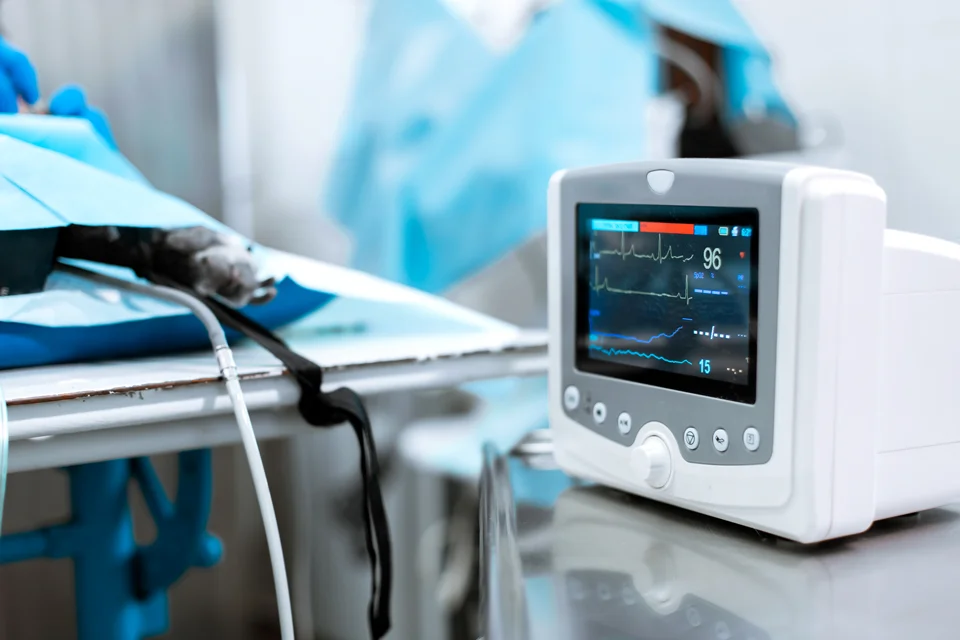
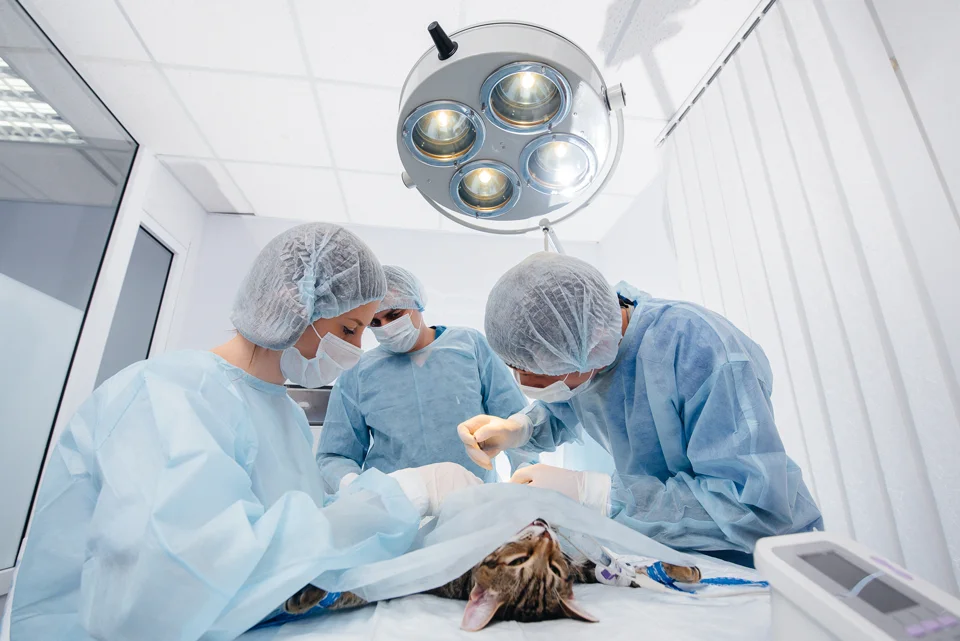
The first is by a state-of-the-art veterinary-specific monitor; this monitor gives us continuous readings of the following:
- ECG
- Blood Pressure
- SPO2
- Internal Temperature
- CO2
- Respirations
This machine directly inputs all data into the patient’s medical record. This allows the second way: our technicians to solely monitor with their eyes, ears, and hands on the patient under anesthesia.
Pet Ultrasound
Without performing surgery, ultrasound may provide our veterinarians with in-depth, accurate information about what is happening with your pet’s interior organs, tissues, and structures. Then, our doctors can suggest a focused and successful therapy for your pet after analyzing this data.
